Reducing the impact of products and services through eco-design

Terms of the action or commitment
This involves reducing the environmental impact of the products and services offered to our customers, for example for the new Livebox 4 launched in 2016.
The eco-design approach will be extended, in particular to software development by 2020, with actions scheduled each year on the service chain.
The eco-design approach will be extended, in particular to software development by 2020, with actions scheduled each year on the service chain.
Levers mobilized for circular economy (according to Ademe)
Implementation timeline
Starting year
2016
Ending year
2025
Main actors mobilized
Internal actors
Technocentre, Orange Labs, Marketing Software development teams
External actors
Supplier selected for the new Livebox 4
The main partners for software eco-design
Geographic area
Group
30 countries
Photo / Video
2022 follow-up of the action
Date of follow-up
24/05/2022
Methods of validation of the follow-up
Internal Group and Countries and audit by KPMG
Status of the action
In progress
Completed
a) Results
Achieved
Partially achieved
Not achieved
b) Numerical / Qualitative information
Cancelled
Explanations
Comparison with the projected pace in the last publications
Keeping up with the times
In advance
Delayed
Partial / Final results
In 2021, the eco-design process for Orange products and services has been extended and redefined. This 16-step process concerns all phases of the product and service life cycle, from the upstream phase, with a systemic reflection of environmental and functional issues, to the use and end-of-life phase. It is the subject of a programme of eco-design training to support product managers in applying this new process.
In particular, it applies to Liveboxes and Set Top Boxes to help reduce their environmental footprint, enable the reuse of resources and generate significant savings:
– Livebox 5, launched in 2019 : This one has a 100% recycled plastic shell, lighter and more compact, with fewer electronic components and a new design allowing passive ventilation, without a fan.
– Livebox 6, launched in 2022 : This one has a standby function to reduce power consumption, a low-power screen, 100% recycled and recyclable plastics and fabrics.
Orange has also launched its first eco-design smartphone in 2021:
– Neva leaf : Its design is based on life cycle analyses in response to obsolescence. It has an excellent repairability rating (8.8/10) and, to minimize its environmental footprint, is made from 20% recycled plastic. It is marketed in a more sober packaging and without a charger.
In particular, it applies to Liveboxes and Set Top Boxes to help reduce their environmental footprint, enable the reuse of resources and generate significant savings:
– Livebox 5, launched in 2019 : This one has a 100% recycled plastic shell, lighter and more compact, with fewer electronic components and a new design allowing passive ventilation, without a fan.
– Livebox 6, launched in 2022 : This one has a standby function to reduce power consumption, a low-power screen, 100% recycled and recyclable plastics and fabrics.
Orange has also launched its first eco-design smartphone in 2021:
– Neva leaf : Its design is based on life cycle analyses in response to obsolescence. It has an excellent repairability rating (8.8/10) and, to minimize its environmental footprint, is made from 20% recycled plastic. It is marketed in a more sober packaging and without a charger.
Company's comments
Continued implementation of eco-design processes for new products and services, with some deliverables already in place. The “Engage 2025” programme aims to systematically use eco-design for Orange products by 2025. Studies are being conducted with innovative companies such as Greenspector to promote the eco-design of the Group’s software applications. The aim is to contribute to the objectives of deploying the circular economy in all our business processes. The company is working on this subject with the ITU and the Ellen MacArthur Foundation.
To enable customers to identify the most environmentally friendly mobile phones, Orange has teamed up with four European operators to define an “Eco Rating” index: an overall environmental footprint score is given for each device and on five dimensions: durability, repairability, recyclability, climate friendliness and resource conservation.
This initiative is open to all operators through a licensing agreement. It offers customers transparency on the environmental impact of smartphones (the highest being the manufacturing phase) and also aims to encourage manufacturers to improve the eco-design of their products.
To enable customers to identify the most environmentally friendly mobile phones, Orange has teamed up with four European operators to define an “Eco Rating” index: an overall environmental footprint score is given for each device and on five dimensions: durability, repairability, recyclability, climate friendliness and resource conservation.
This initiative is open to all operators through a licensing agreement. It offers customers transparency on the environmental impact of smartphones (the highest being the manufacturing phase) and also aims to encourage manufacturers to improve the eco-design of their products.


